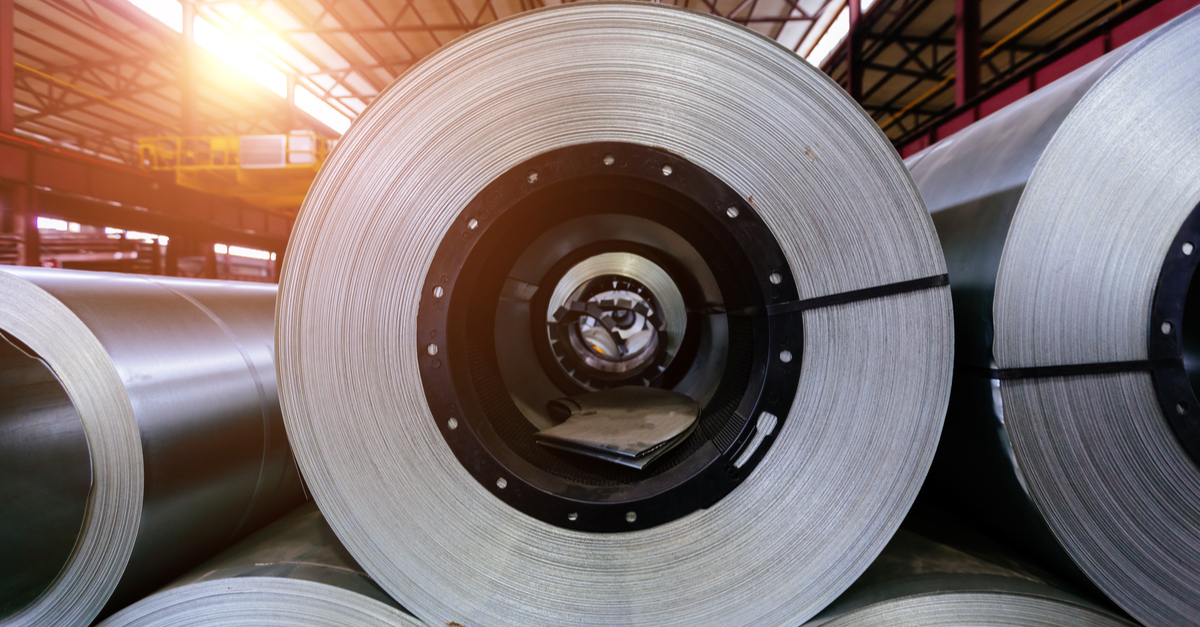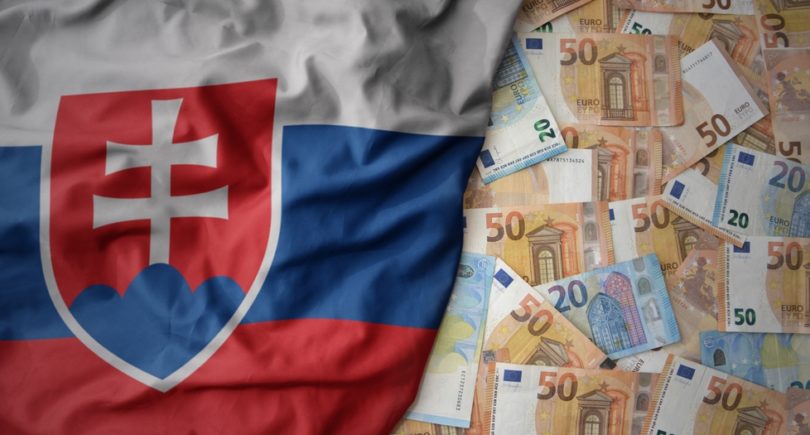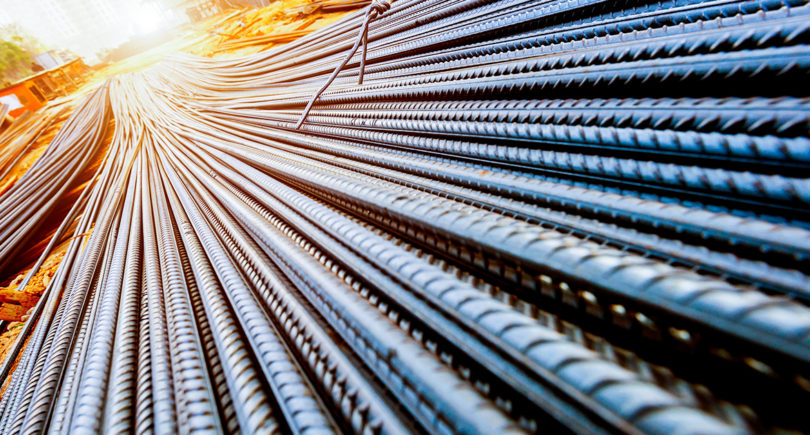
Posts Global Market war 1725 19 July 2022
EU steel companies are waiting for an increase in demand and a rise in steel prices in the fall, but this may not happen
In almost all major regional markets in the world, the decline of iron&steel production continues. According to the results of January-May, world steel production decreased by 6.3% compared to the same period in 2021 – up to 791.8 million tons. Steel industry of China according to the results of the first half of the year reduced steel production by 6.5%, to 526.9 thousand tons. Iron smelting during this period decreased by 4.7%, to 438.93 million tons. Only some markets in some months show a positive result of steel smelting, for example, India.
Even in relatively prosperous Germany, according to the results of January-May, the production of steel decreased by 4.8%, to 16.37 million tons, in Italy by 1.9%, to 10.35 million tons. EUROFER in May corrected its forecast for the consumption of steel products in the European Union in 2022 – now the association expects a decline of 1.9%, and not an increase of 3.2%, as predicted in February.
According to World Steel Dynamics, in June, the margin of steelmakers in the world became average 25% lower than the average in 2018-2019.
The decline in steel production in the world is closely related to the consequences of the military aggression of the Russian Federation against Ukraine. Already in March, large steel-consuming plants in Europe began to stop due to a lack of components. In March, almost all German factories for the production of cars and components completely stopped.
The decline in steel production and the production of finished steel products is also influenced by high energy costs, falling prices, and volatility in demand from buyers. The warehouse stocks of steel products at distributors are quite large, so they are in no hurry to make new purchases.
Production on pause
In the event of a decline in demand, steelmakers are forced to limit capacity. ArcelorMittal Corporation announced on the shutdown of two blast furnaces in France and Germany, and Salzgitter postponed the start-up of one of its furnaces. The owner of the steel plant in Smederevo (Serbia) is the Chinese steel group HBIS Group – stopped one of the blast furnaces with an annual capacity of 900,000 tons. The capacity of the second furnace, which will continue to operate, is 1.1 million tons per year.
Production reduction also applies to manufacturers of finished steel products. According to S&P Global Commodity Insight, Italian manufacturers Arvedi and Acciaierie d’Italia (ArcelorMittal and state development corporation Invitalia) are planning to completely stop or reduce by the end of August the production of steel sheet metal due to the high cost of energy carriers and weak demand.
The situation is similar in other regional markets. Jindal Shadeed plant in Oman stopped for maintenance from July 18 until the end of the month, and Modern Steel postponed maintenance until early August due to technical problems.
Other plants are known to be working of minimum capacity or want for longer summer repairs as they try to balance supply with reduced demand. However, companies are ready to resume production if market conditions improve.
What’s next?
German steel producers, traders and buyers predict, that steel prices and the cost of its production will decrease in July. Demand for steel products in Europe remains low due to high inventories due to panic buying following Russia’s invasion of Ukraine in February, logistical delays in the delivery of imported materials, and reduced end-user demand.
The main problem is that buyers have high inventory, purchased at very high prices in the hype at the beginning of the military aggression against Ukraine. So European distributors are in no hurry to replenish stocks.
In addition, the traditional factor is added – the summer decrease in business activity, due to which the unfavorable situation on the European steel market may last until the end of the summer. Therefore, steelmakers are waiting for autumn, which can bring an increase in demand and, as a result, an increase in steel prices.
Market players have some hopes on a recovery in demand in China as local authorities try to stimulate domestic demand. But so far, everything is not good there: in June, the business expectations index in China’s steel industry fell by 4.6 percentage points in comparison with the previous month – to 36.2 points. It the lowest value from the time when this index began to be calculated – from November 2018.
The prospects of the steel market are also worsened by geopolitical circumstances in the gas segment. There is a high probability that Russia will completely stop supplying gas to Germany via Nord Stream 1. This means an increase in gas prices and a deepening of the energy crisis in Europe and, as a result, a worsening of the situation for metal-consuming industries. Due to this, the demand for steel will decrease and the European steel companies themselves will suffer – the decline in production will continue at a faster pace.




